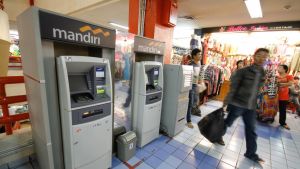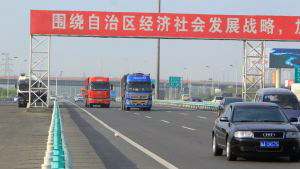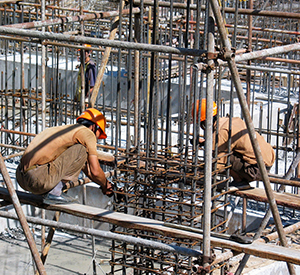Asia growth pessimism is not warranted
A gloomy outlook is enveloping the world’s economies. There are concerns too that countries are failing to sufficiently focus on long term policy responses to reverse the decline in global growth. Some argue that the global growth slowdown may be permanent, highlighting the danger of a period of chronically low growth, or what economists term “secular stagnation.”








